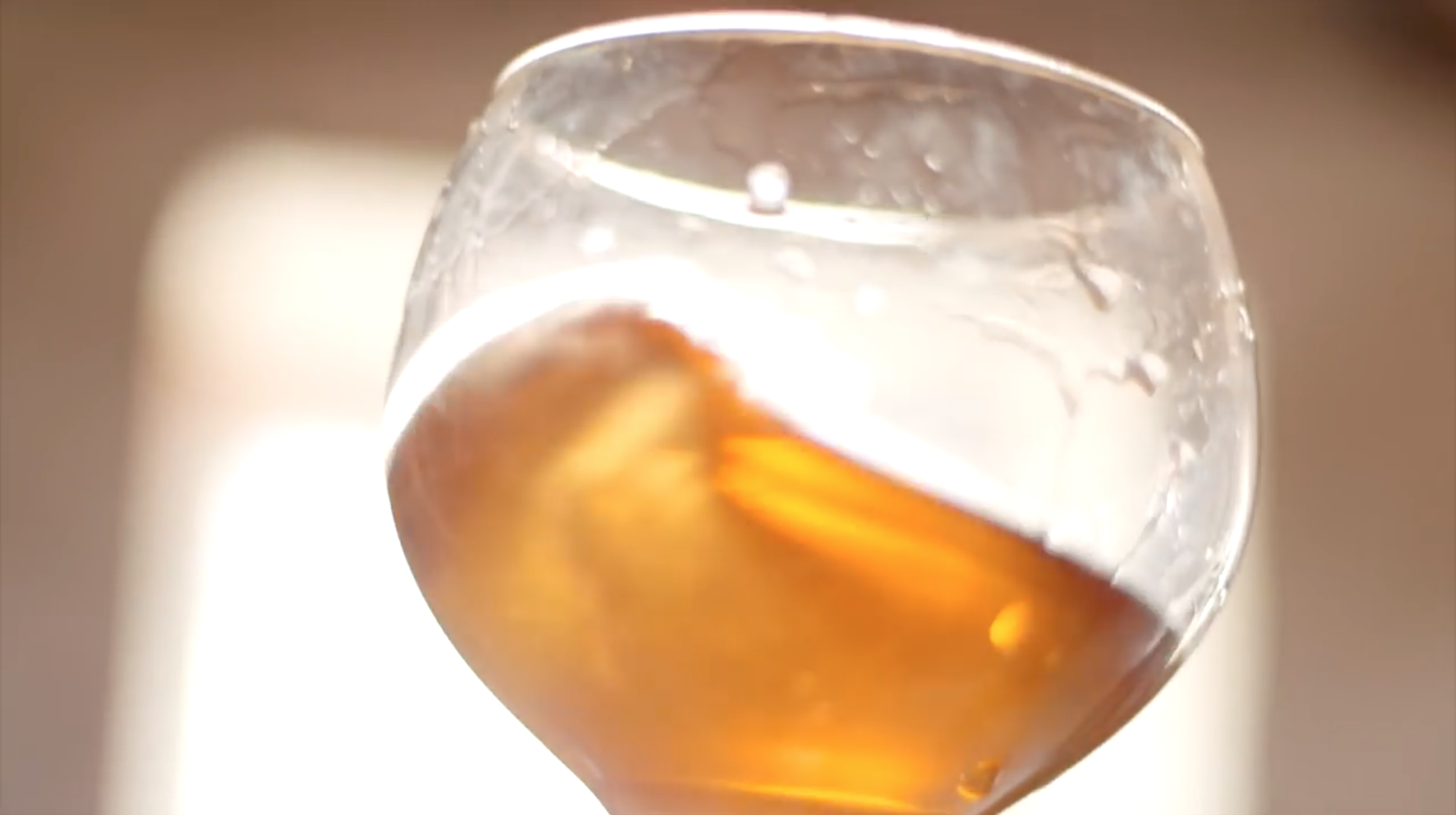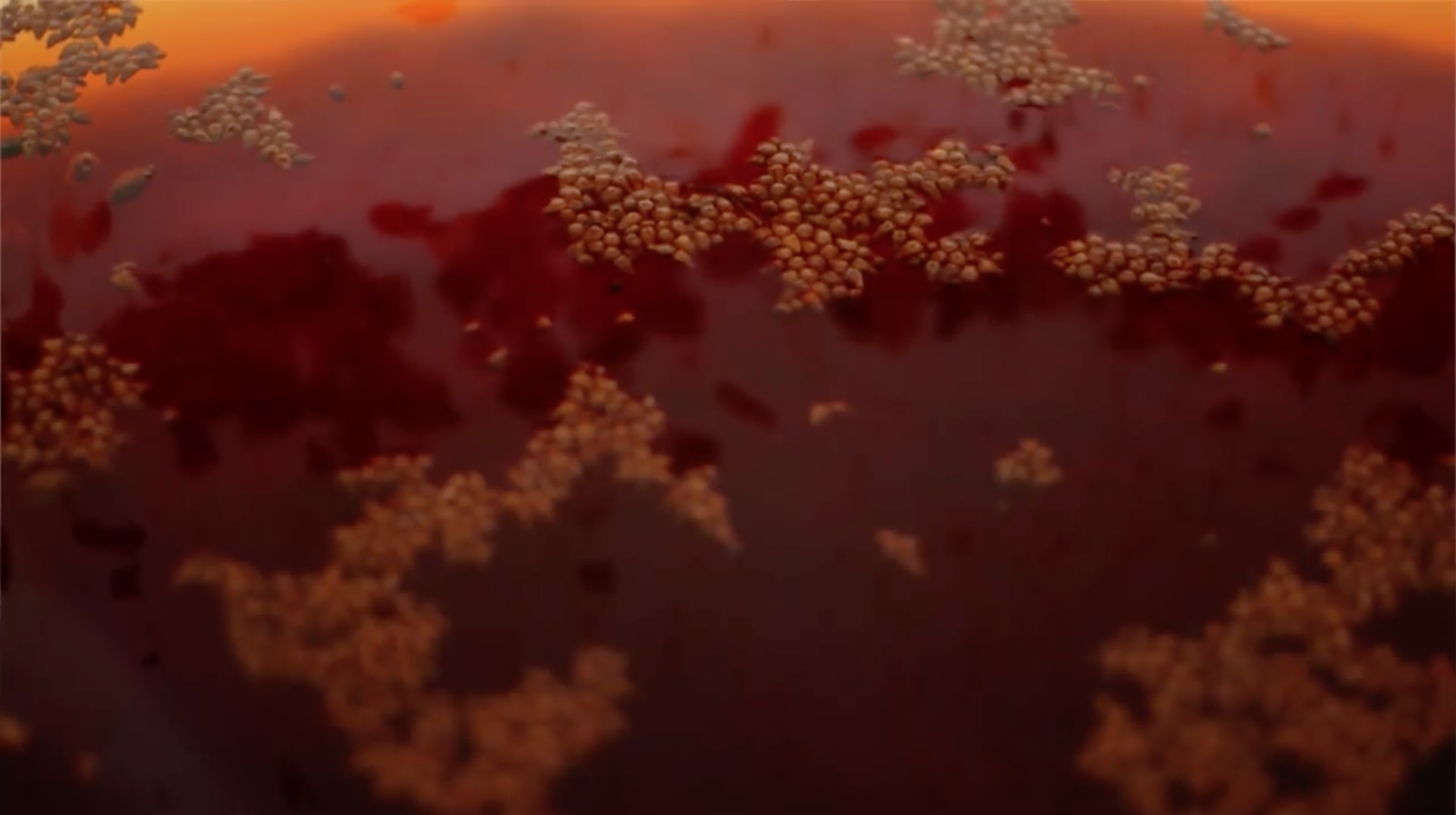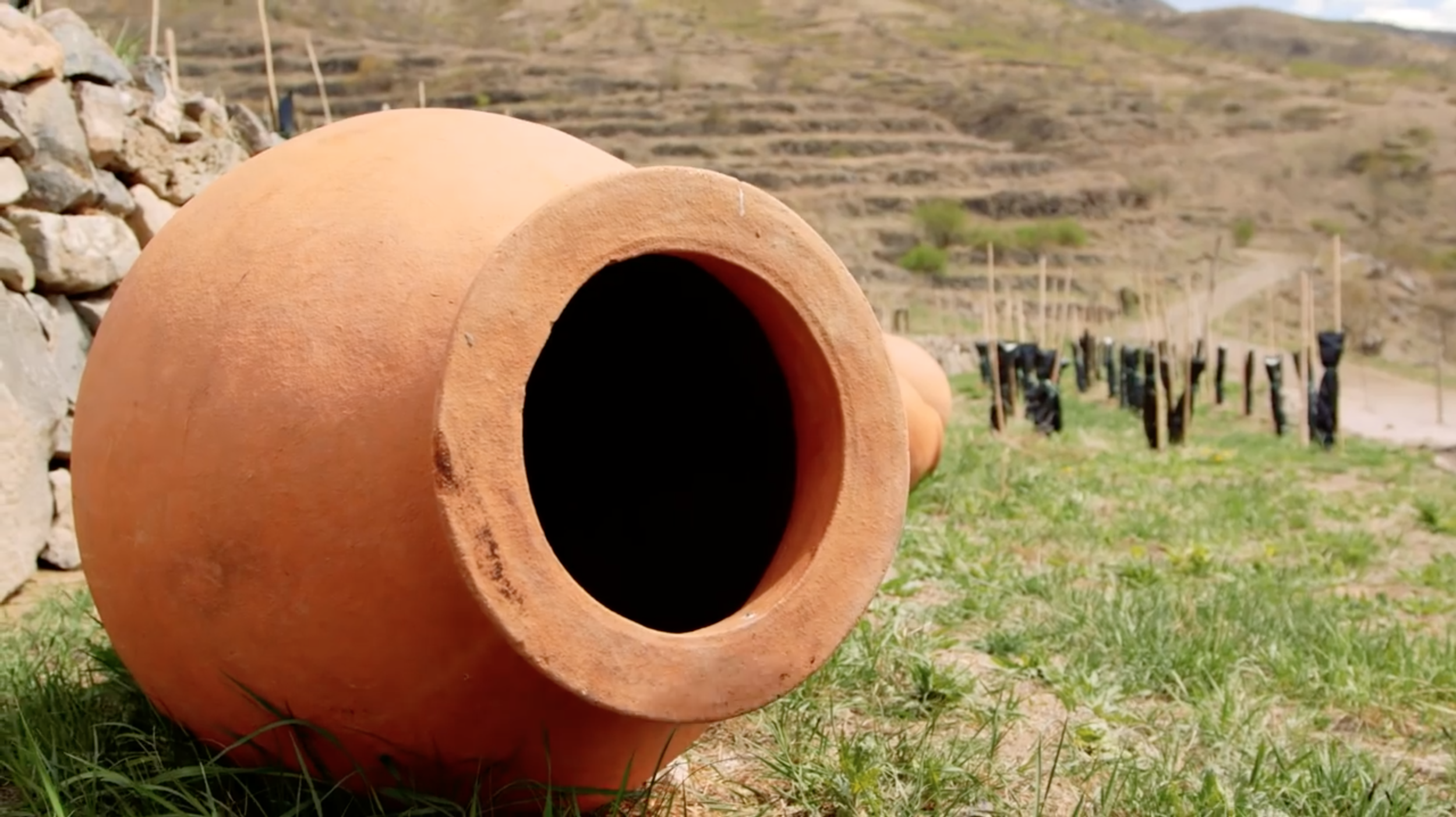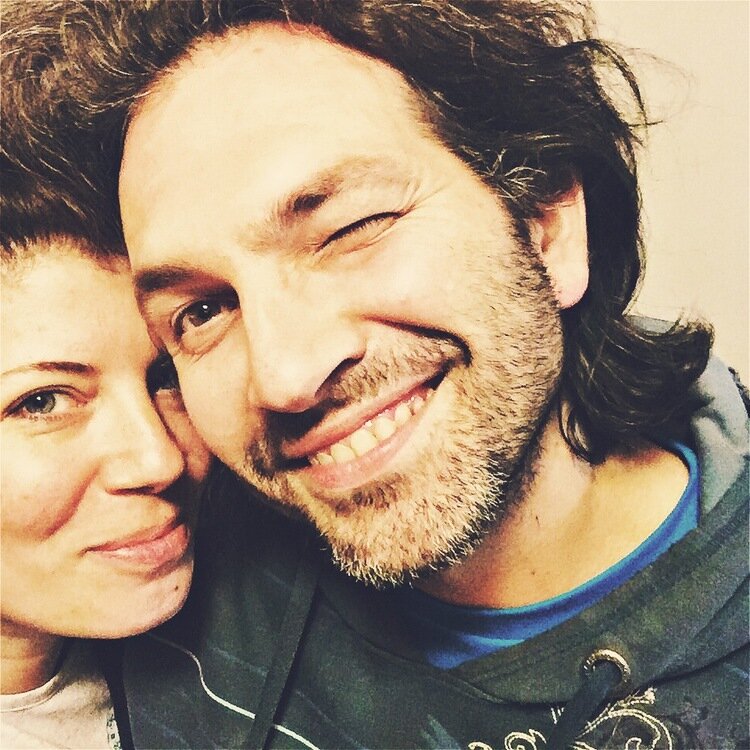Point of Origin Episode 14
Natural Wines - Part 1
Oh natural wine. Not so long ago, wine was just…wine. But over the last decade, this new, natural qualifier has been a source of inspiration, and in some cases, oddly, ire.
So what is it? It is a philosophy, a non-interventionist approach to winemaking and grape growing in which nothing is added to the process. Instead, the wine is left alone, resulting in a distinct range of smells and tastes often described as sour, funky, fizzy, or even sulfury.
Natural winemaking isn’t just good for the individual character of the wine (homogenous global standards are increasingly less desirable), but also, the planet. At its core, the natural wine movement is an environmental movement. All this time, what we imagined was just wine, was full of stuff that was definitely not, like added sugar, tartaric acid and even fish bladder.
It’s such a big topic in fact, that we’ve dedicated two weeks to the subject.
In this two part series, we talk to Alex Schulkin and Galit Shachaf of The Other Right and Jared Brandt of Donkey and Goat, and New York-based Wine Director, Amanda Smeltz. They discuss the benefits, and positive trends that have arisen from the natural wine movement, but also the issues with the label, and how it fits into the global market of winemaking.
Available on Apple Podcast, Spotify, & iHeartRadio
What is Natural Wine?
“In the vineyards, and in the cellars,
there’s nothing added, nothing taken away.”
- Amanda Smeltz shares a definition of Natural Wine
Origin Foraging: Wild Grapes
Meet us in the Republic of Georgia, the birthplace of wine. About 45 minutes north of the Turkish border, we visit Giorgi Natenzahe, a preservationist and winemaker stewarding a 400-year-old grapevine, the oldest known in the world that continues to produce wine.
Host: Stephen Satterfield
Photographer/Videographer: David Alexander
A Short Guide to Wine Tasting
With Whetstone Co-Founder Stephen Satterfield
Look at the Wine — what do you see?
Is it shiny or golden on the rim? Transparent or opaque?
Pay attention to the consistency and physical attributes of the wine.
Smell the Wine — take two steps!
Take a whiff — a grazing one — what do you smell?
Pick up glass — give it a big swirl — swirling brings oxygen into the glass, which allows you to smell the true character of wine. After the whirl, give it a small sip — using your tongue, bring in more oxygen (like a slurp), then swish the wine a bit
The Finish — what do you taste?
Contemplate and sense the flavors…. taste is a personal journey and experience!
Engage!
Talk to your bartender or sommelier, or use the internet to get more information about the wine (location, winery, type of grape, etc.)
Donkey and Goat Winery
Image Credit: https://www.donkeyandgoat.com
Donkey & Goat Winery is owned and operated by Jared and Tracey Brandt in Berkeley, California. They are makers “natural wines” a term that covers both the vineyard and the cellar.
The Other Right Winery
Meet Alex Schulkin and Galit Shachaf, the husband-wife duo that owns and operatesThe Other Right, in the Adelaide Hills of South Australia, where they’ve been making natural wine since 2012.
Image Credit: www.theotherrightwines.com
“Our approach is a seemingly lazy one. Winemaking operations are kept to the reasonable minimum.
No unnecessary action is taken. Using fewer tools requires a lot of attention to detail, patience, creativity and problem solving.
No additives are being used, letting the wine evolve slowly, according to its natural rhythm. Youth and freshness are to shine through, forming wine that is wild, vigorous and full of life.”











